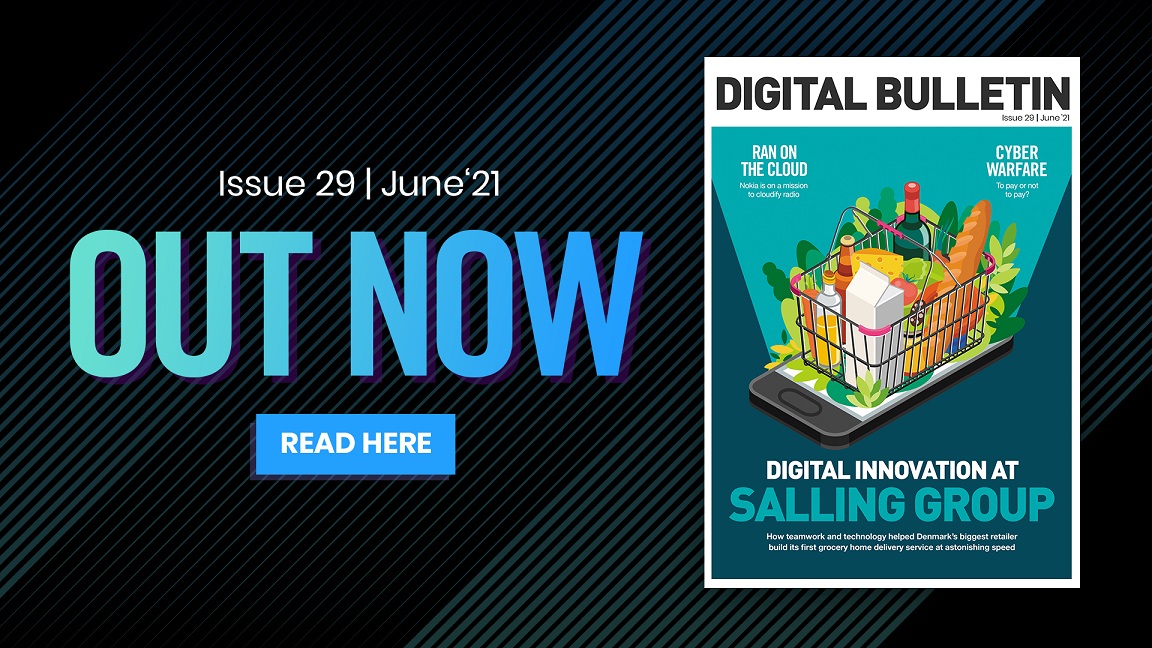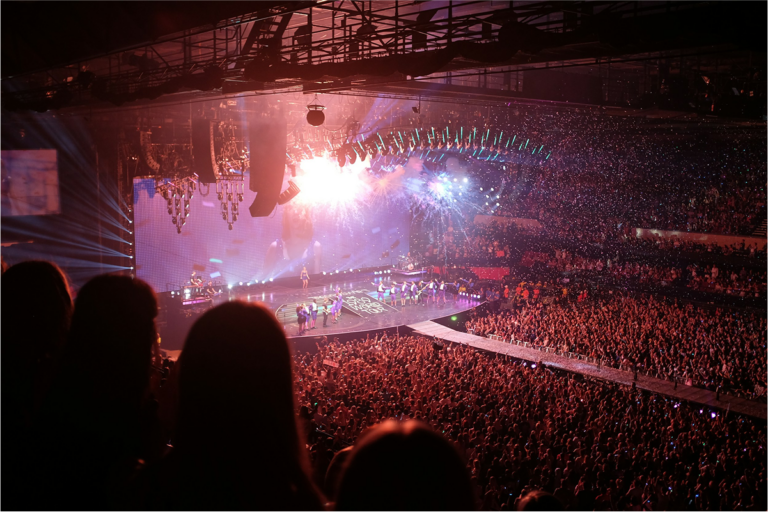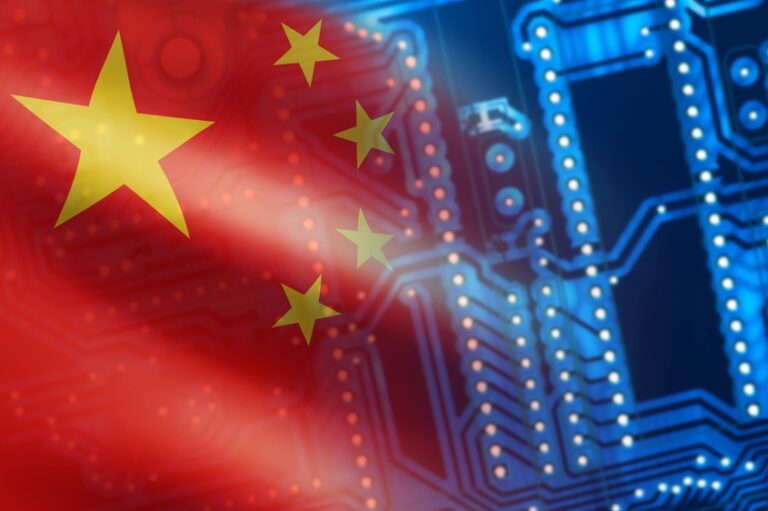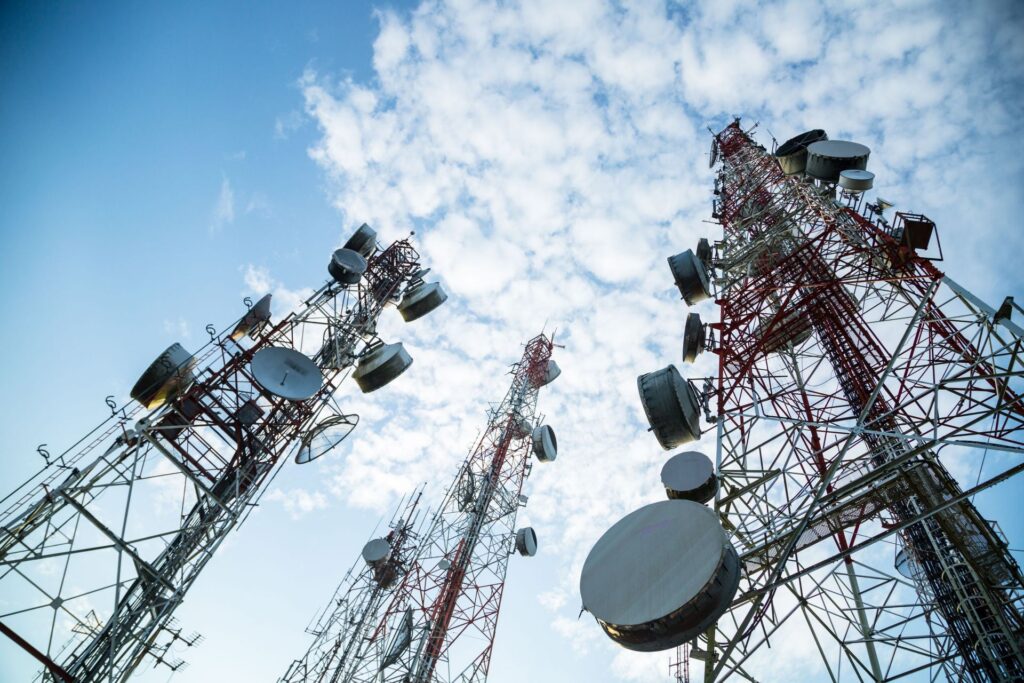
You can’t get time back, but you can make sure not to lose it.
For a regular internet user, the time that passes between typing a question on a search engine and the moment the search results appear on the screen are barely perceptible. A few milliseconds more or less won’t make an impact. But when you’re dealing with more high stakes situations, such as large manufacturing operations, or even connected cars, they do. That is why the faster speeds that the combination of new technologies such 5G, cloud and edge computing allows is so valuable.
A successful implementation of 5G comes alongside new levels of flexibility in architecting, scaling and deploying telecom networks including radio access networks (RAN). New solutions such as Open RAN provide an architecture with open interoperable interfaces and hardware-software disaggregation that enable big data and AI-driven innovations in the RAN domain. However, these solutions cannot be adequately scaled without the cloud.
From allowing multi-access edge computing to cloudifying the core side, Nokia has continued to use 5G technologies to break barriers. The company’s latest objective? Putting RAN on the cloud.
Back in 2016, Jane Rygaard (pictured), the Head of Dedicated Business Networks & Edge Clouds at Nokia set out with the goal of developing 5G Cloud RAN. After several years of research and development, her team is now ready to partner with cloud service providers to make this idea a reality, driving 5G connectivity and advancing services to enterprise customers at the network edge. As a result, Nokia recently announced its partnership with Microsoft, AWS and Google Cloud to enable the development of cloud-based radio 5G solutions.
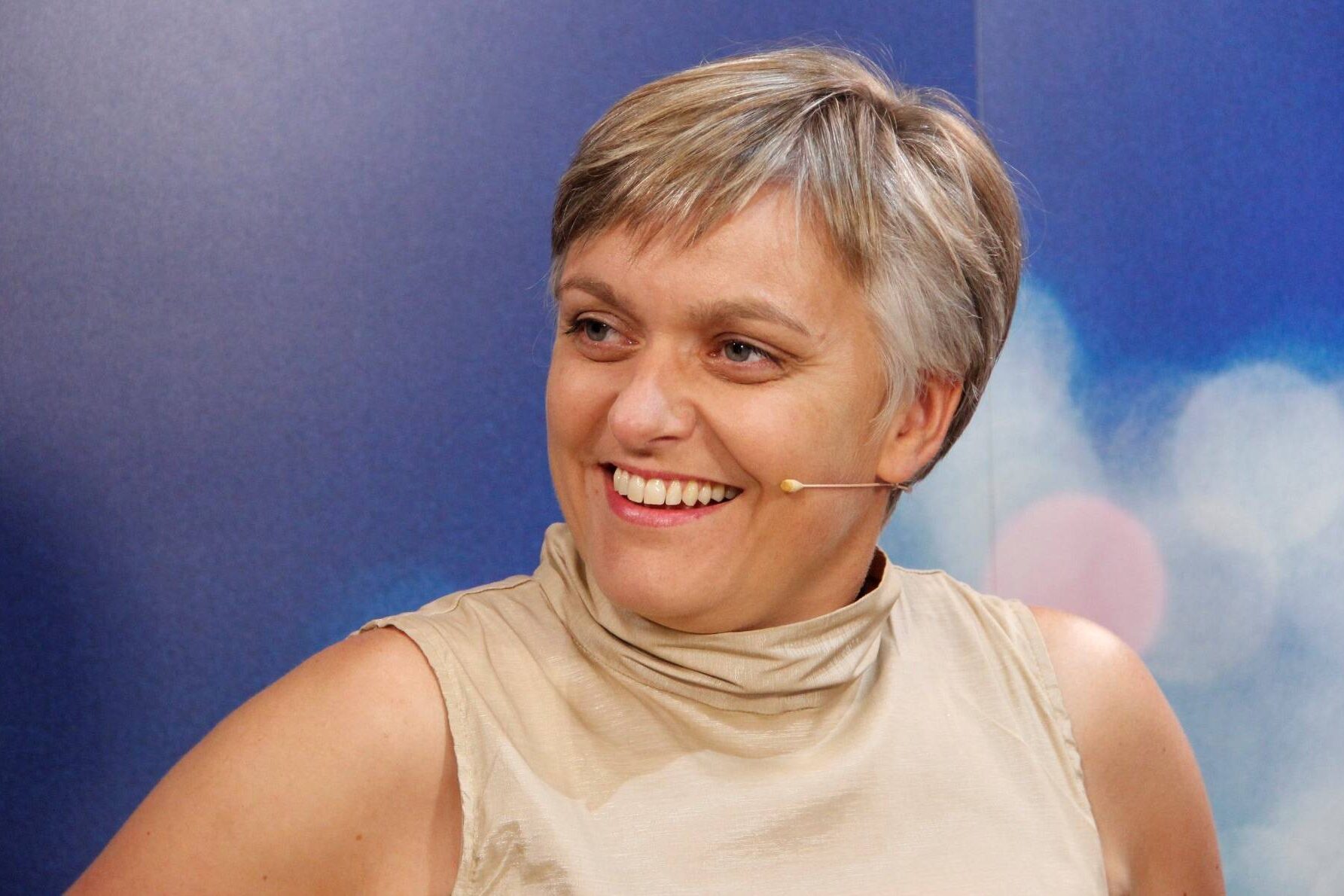
Although 5G and cloud technologies are two trends that are individually shaking up enterprise, Rygaard stresses that its true value comes from the combination of the two. Without 5G, there would be no promise of edge clouds.
“In the early days of 5G, we talked about it being more than just a consumer network,” she says . “As we move into 5G, we get an architecture that allows us to disaggregate the edge. For a long time we talked about how the cloud centralises everything in computing. But if we want to be able to have low latency and use cases where data is local, we also need to start thinking about where the computing is being done.
“And this is where 5G, from an architectural point of view, gives us the opportunity to really decentralise all your workloads, and decide where the best place is for us to have the workload running, depending on the use case that we’re going to use it for. And this was the starting point of really talking about edge clouds.
“5G really combines this edge application-hosting thinking with the idea of running the network itself also on its cloud. And therefore, we can start getting the combination of using a common cloud, or for the network infrastructure itself, as well as for the application that sits on top.”
The first and most obvious use case for this technology is for dedicated wireless networks, where the real-time capabilities of 5G RAN make a significant impact. Although many industrial clients already have an edge cloud line that manages various applications, whether it is for IoT, robotics or data analytics cases, what Nokia wants to do is allow them to also add radio to these sites and run the whole system on edge clouds.
“Having said that, it’s early days, especially from the cloud RAN perspective,” Rygaard says.
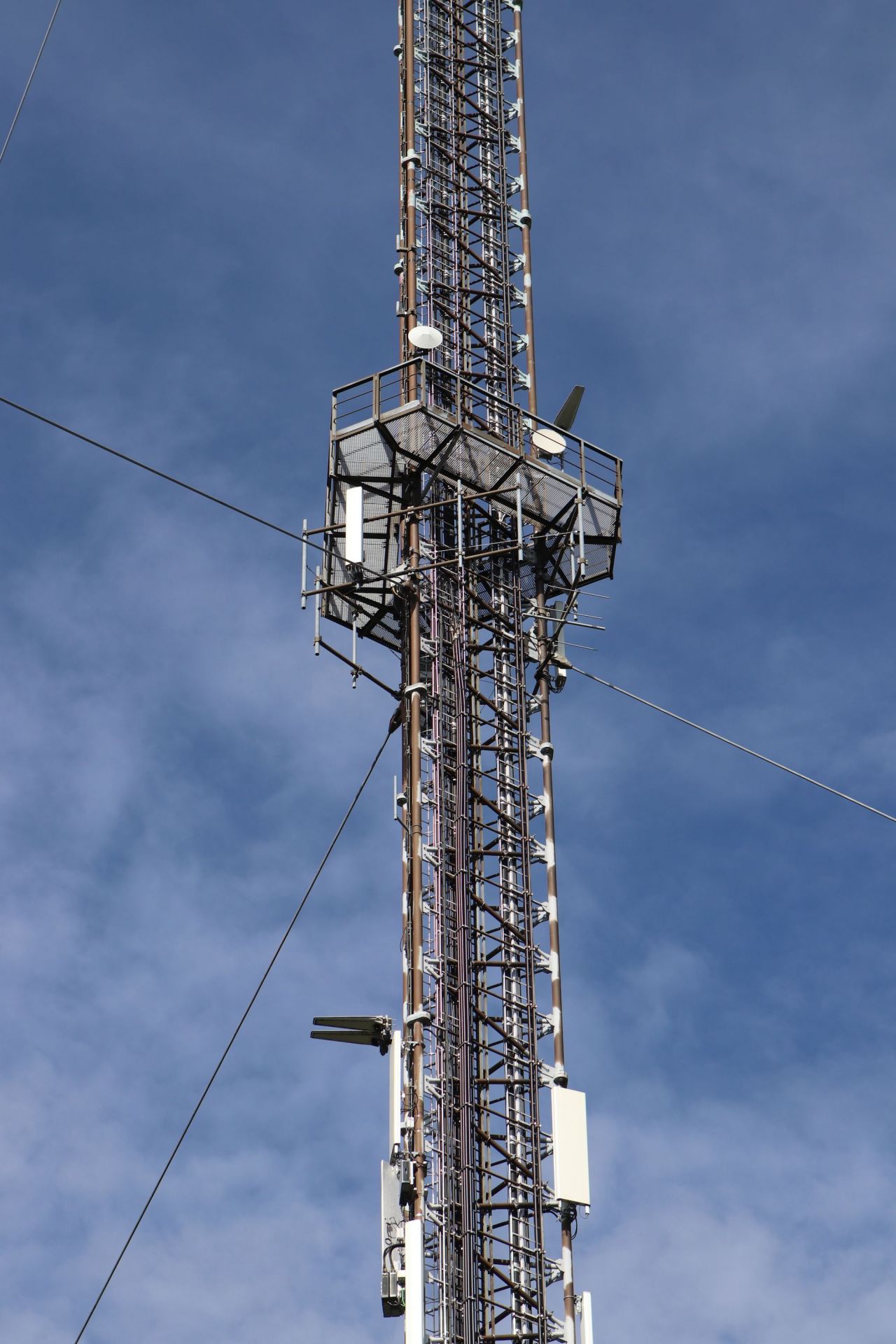
The most challenging aspect of Cloud RAN – and one of its most valuable benefits – is the real-time capabilities. But, to have real-time functions, speed is fundamental. Computational tasks need to be done in less than milliseconds. For this reason, it is necessary to be able to combine the “real-world” spectrum and frequencies with the scheduling tasks with extreme precision.
The general market consumer, who uses Microsoft Teams or watches Netflix, will not be affected by a one, or even 20 milliseconds delay in a package. But that is not the case with computer-hungry use cases, such as high stakes industrial machinery, or connected cars. For them, time is an extremely prized possession, meaning Cloud RAN could change everything. However, in order for it to be a reality, there still needs to be a significant hardware acceleration, as regular clouds are just not quick enough yet.
Cloud 5G radio has two main software components: a virtualised distributed unit (vDU) and a virtualised centralised unit (vCU). The former is responsible for the real-time computational capabilities of Cloud RAN. To achieve this, the lower layers of compute are done very closely to the physical radios themselves. In contrast, the vCU, which includes the non-real-time capabilities, is composed of the higher layers of the radio, which can sit further away from the physical radio. Eventually, the goal is to automate the full process, to achieve real real-time capabilities. To do that, clouds need to be much quicker than they currently are.
“We need to be able to ensure that this real-time aspect is a good ‘cloud citizen’ in that sense,” Rygaard says. “And that is why we need to understand, in the bigger terminology, what is needed to be able to run cloud RAN not only in where radio is the only application. That’s easy. But what happens if it’s not the only application? This is where you could see a lot of new things come together; but it’s also where things get complicated.”
Last November, Nokia partnered with AWS, Google Cloud and Microsoft Azure to combine the Finnish corporations’s Open RAN and Cloud RAN with the CSPs’ edge and cloud platforms to deliver additional 5G monetisation opportunities. The goal was to make Nokia’s RANs completely cloud-agnostic, as well as develop the automation and distribution levels that need to exist for these kinds of applications to become a reality.
“If we talk about even serving enterprise networks or 5G public networks, for that matter, then we are in many, many sites,” Rygaard explains. “And, that means, from a network perspective, that you suddenly got thousands upon thousands of small clouds. What we now need to explore is how to actually manage that performance wise. If you need the network to run these real-time requirements, and you need to be able to get the network performance of the 5G network, then we need to explore things together. And that’s really where we’re saying we have the need for collaboration, because this is not something that any of us can fix alone.
“We come with very different competencies of doing this. And this is really the strength of the collaboration; solving different parts of the puzzle and understanding what we can and what we can’t do, but also what is the best way of doing it.”
The research and product development that Nokia is doing alongside these companies aims to open the door for new consumer-focused 5G-based applications, from industrial automation to augmented and virtual reality and beyond. Digital Bulletin spoke with representatives from AWS, Microsoft and Google Cloud, about their commitment to the project and their belief on Cloud RAN.
Looking forward, we want to ensure that we are as cloud agnostic as we can be
“As the industry continues to transition to 5G, it’s important for every player in the telecom value chain to embrace the best available technologies and commit to advancing innovation,” says Amir Rao, GM, Solution Portfolio and Tech Alliance, Telco BU at AWS. “At AWS, we believe the best way to achieve innovation is to work backwards from the customer challenge or business goal, and we’re thrilled to work with partners, like Nokia, who share our customer obsession to build solutions.”
“Together, Microsoft and Nokia are helping operators and enterprises accelerate the adoption of cloud-based technologies to reduce costs, open new revenue streams and future-proof their 5G networks,” says Yousef Khalidi, CVP, Azure for Operators at Microsoft. “Through our partnership, we’ll not only deliver the next generation of software-defined, cloud-based mobile networks, but also collaborate on other opportunities to reimagine enterprise scenarios and integrate Nokia’s offerings with Microsoft cloud solutions.”
“This partnership with Nokia will combine both of our decades of mobile communications expertise to deliver new solutions that help CSPs enable business transformation at the network edge,” says Bikash Koley, VP, Google Global Network and Head of Technology for Telecom Products at Google Cloud.
All of these partnerships have a very clear use case in mind: private networks.
Whether that is in warehouses, harbours, factories, or any other logistics space, these private networks basically operate on their own, but still need to be managed from afar, creating an incredibly exciting opportunity. In many of these situations, it’s important to not only manage a network but also ensure that the applications that are placed on top of it – such as digital twins – work efficiently. It is then when network co-hosting comes into the picture, facilitating the management of the network from an enterprise perspective.

“From a network infrastructure point of view, we need to get the radio with us if we want to have the mobility within a network and be a producer,” Rygaard says. “Apart from pure technology knowledge, the main use cases are learning where the applications are sitting locally and allowing the co-hosting of applications on the edge.”
Through this co-hosting, Nokia will integrate its 5G vDU and 5G vCU with Google’s, AWS’ and Microsoft’s edge computing platforms. The goal is, according to Rygaard, to become “cloud agnostic”, that is, for Nokia’s 5G cloud RAN to be able to operate with any public cloud server provider, and therefore have the ability to fully migrate or scale with minimal disruptions to a business.
“When we started out with the radio side four years ago, it was quite clear that we couldn’t run on any cloud; we had to build a cloud for radio,” Rygaard says. “So our system was not independent on the hardware side, and not independent on the cloud infrastructure side. Looking forward, we want to ensure that we are as cloud agnostic as we can be, with a realistic knowledge that we’re not today. There is still work that needs to be done. But we cannot innovate for the future, unless we understand where we are.”
The next step in Nokia’s development of 5G cloud RAN is to move from what Rygaard calls “an academic exercise on technology” into business discussions. The announcement of these partnerships and projects has stirred quite a lot of market interest, and Rygaard and her team are now looking at ways of monetising this technology and continue fostering the ecosystem that will drive it forward.
“If we want to be successful in building this future society, and not only little pockets of technology; collaboration is the only way forward,” Rygaard says. “We can’t just sit individually. For me this is a very key point for becoming successful on the edge, and I don’t mean successful in terms of Nokia or our partners, but in terms of making sure we do the right things for the right reasons.”
The digital future is not mobile anymore, but IoT. Smart cities, connected cars, private networks, all of these will fundamentally change the way we live and how we do business. All they will be operated on 5G cloud RANs.
